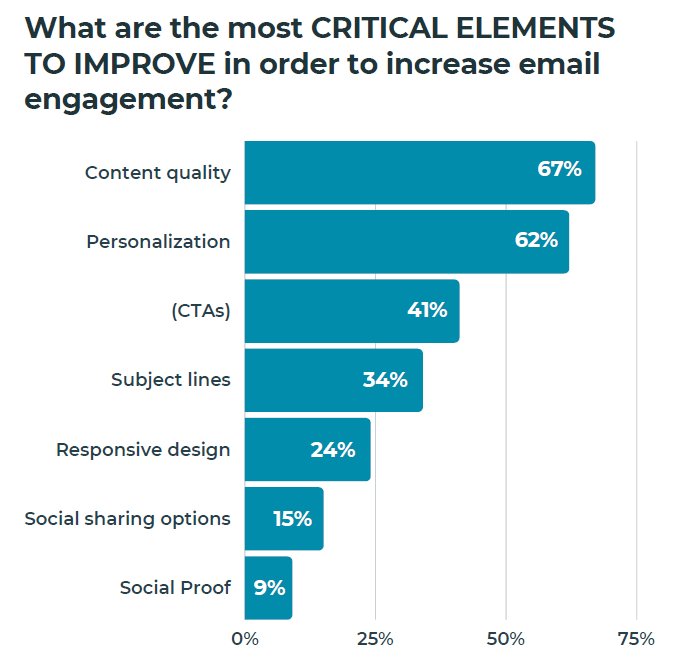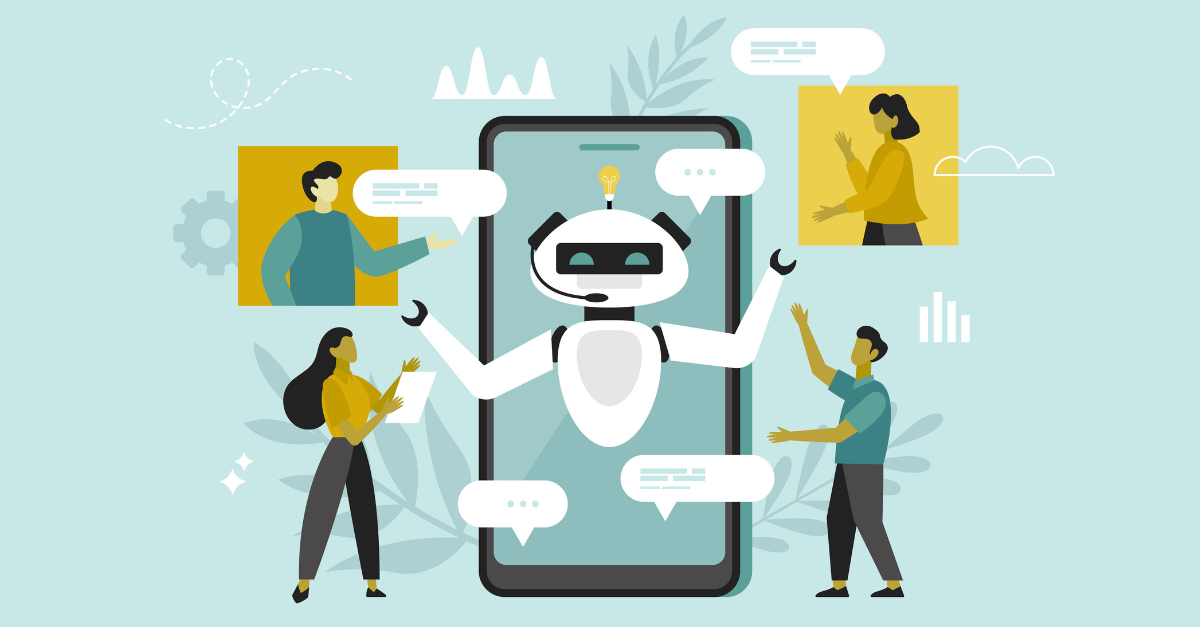With so many people in the email marketing industry focused on list size, it’s sometimes difficult to remember that email success is primarily based on sending the right message to the right person at the right time. This means getting personal.
But what does it mean to be personal in today’s email marketing world?
The Importance of Email Marketing Personalization
Email marketing personalization is all about building a better relationship with your subscribers. This approach is important because your email marketing campaigns have a lot of competition and can very easily be lost in the chaos of the typical working day.
It’s estimated that the average American office professional sends and receives more than 120 emails every day. In an eight-hour working day, that’s approximately 15 emails every hour that require some sort of attention. That’s quite a commitment to a technology that should be making all of our lives easier. Yet, with the inbox requiring so much attention, it’s little wonder that anywhere between 60% and 80% of emails (including commercial and personal messages) go unread.
Email marketing shouldn’t be a “crapshoot” in the hope of striking it lucky. Let’s be honest; this approach isn’t a strategy. It’s a waste of everyone’s time and reeks of desperation. You don’t want to be that kind of marketer—do you?
When your email subscribers feel valued and understand that your campaigns are created to suit their specific needs, they’ll reward you with more positive engagement. That means more opens, click-throughs, sales, and other conversions.
Invest in Your Email Marketing Relationships and Build a Real Commercial Advantage
In the crowded email inbox environment, a highly personalized email will give you a significant commercial advantage over less targeted campaigns sent from marketers who seemingly don’t want to invest in their relationships.
However, email personalization isn’t a secret strategy only available to those in the know.
In our recent report, The State of Email Marketing from the B2B Perspective, 62% of marketers surveyed said personalization was critical to improving engagement.

This can mean two things:
- The inbox environment will be a lot more personal in 2022.
- If you want your campaigns to stand out in a crowded inbox, you not only have to ensure your sends are highly personalized; you’ll also want to make sure they are better than the competition. It’s not enough to just have a relationship with your subscribers. Being BFFs is key.
Start Your Relationships the Right Way
Successful email marketing relationships start the very moment you add a subscriber to your lists. This doesn’t mean you should try and squeeze every available detail out of your subscribers at the start of your relationship. These relationships need to develop over time by carefully engaging in conversation like any genuine friendship. It’s important to remember, email has always been a two-way communication channel—so brush up on your listening skills.
We can learn a lot from subscribers, even when they only submit their name and email address via an online registration.
The domain name and domain suffix can immediately tell you whether a subscriber should be treated as a smoking hot lead or nurtured until they mature or reveal themselves as an interested party. Simply running a subscriber’s details through a professional social network like LinkedIn can be enlightening.
However, the real skill behind more successful email marketing personalization is to carefully analyze how each subscriber engages with each email you send before following their engagement across the various channels you operate. These might include your website content, downloads, eCommerce purchases, social media activities, etc.
If you think this all sounds like a lot of hard work, you’d be right. But, thankfully, marketing automation technology, when set up correctly, can manage a lot of the heavy lifting involved.
What Elements of Your Email Campaigns Should You Personalize?
If you consider your email marketing campaigns as a conversation with friends, there is no limit to the various campaign elements that can and should be personalized. However, just because you can’t do everything doesn’t mean you can’t start off on solid footing.
We’ve compiled a list of six personalization strategies to help you get started and give you a competitive edge in 2022:
- List segmentation: Email marketing personalization starts with list segmentation. This could begin with fairly rudimentary segmentation based on how your subscribers initially joined your lists. More advanced senders may wish to create specific segments for each campaign based on careful interrogation of their CRM system. However, today’s most sophisticated senders will rely on a marketing automation system to decide which subscribers get which message based on clearly defined rules and workflows.
- First name terms: When your subscriber has given you their name, it would appear rude not to use it. Similarly, if your subscriber has an individual point of contact within your organization, why wouldn’t you sign off all their emails with a recognizable name?
- Personalized subject lines: You never want your emails to look like some generic offer. Remember, your subject line might be the only thing your subscriber sees of your campaign before deleting the email or simply ignoring it. So make your subject lines count by making them as relevant to the individual as possible.
- Continue the conversation in your body text: After your subscriber has opened your email, you literally have seconds to continue the conversation with relevant text. Remember, images might not always open immediately in the inbox, so we recommend including live text at the top of your body content. Personalization in your body text can be as simple as addressing your subscribers by name. More advanced options include adding relevant offers based on previous engagements to highly sophisticated dynamic content that creates incredibly relevant campaigns built around your relationship and current availability of stock or resources.
- Go local: Personalized email campaigns based on geographic location, currency, time zone, and even language go a long way to building trust and driving engagement. This approach is essential if you operate a global business. For example, if your analytics suggest that emails work best when sent during office hours, those office hours look very different in Paris than they do in Kansas City.
- Gentle reminders: A personalized re-engagement campaign is a perfect strategy to remind your subscribers what they liked about your organization in the first place. Because your subscribers are so easily distracted, little reminders such as cart abandonment emails can prove incredibly useful at keeping them on track.
Personalization in email marketing doesn’t necessarily mean abandoning the one-to-many bulk email marketing approach so many marketers have relied on for many years. Instead, it’s more about tailoring your bulk sends so they fit your audiences’ needs more comfortably.
How could you start personalizing your email campaigns? Contact us at expert@emfluence.com.



